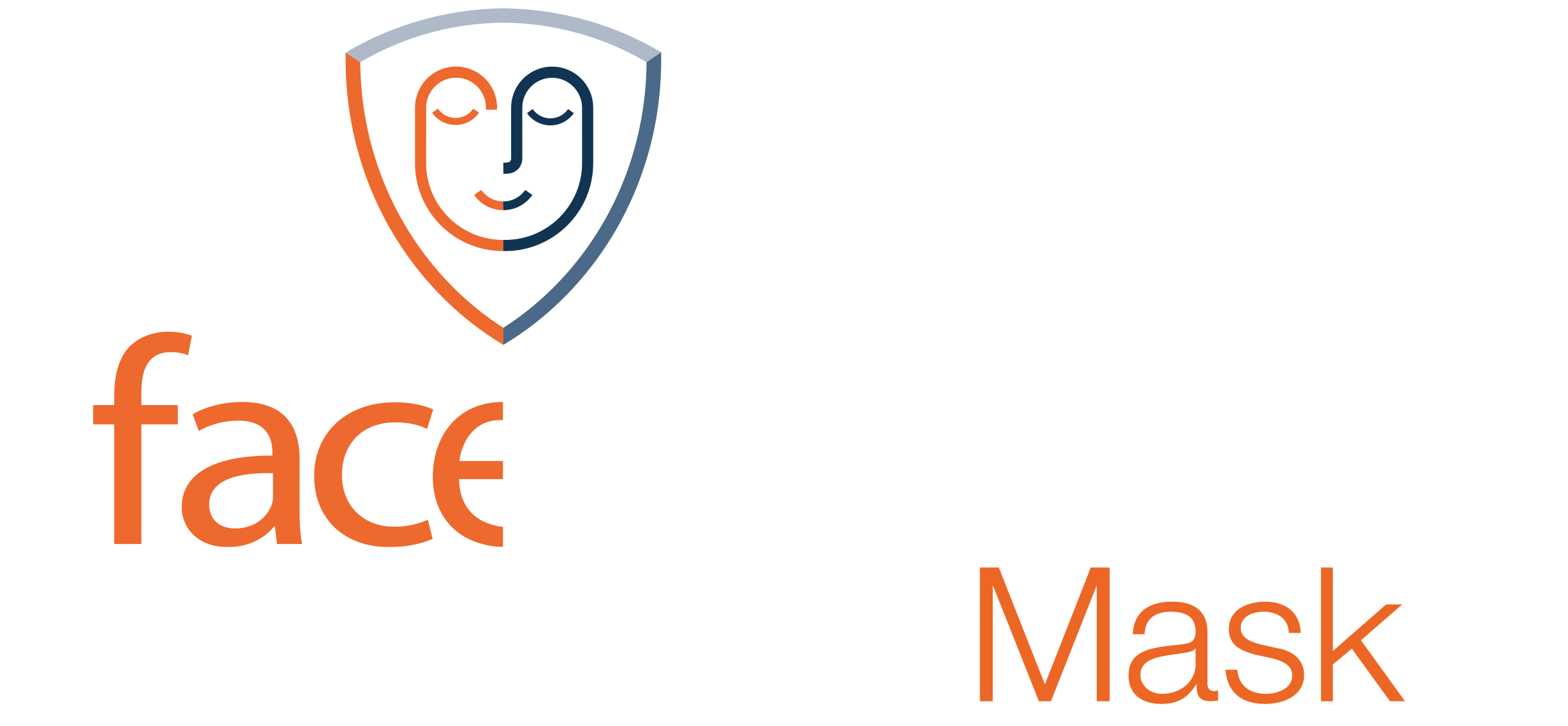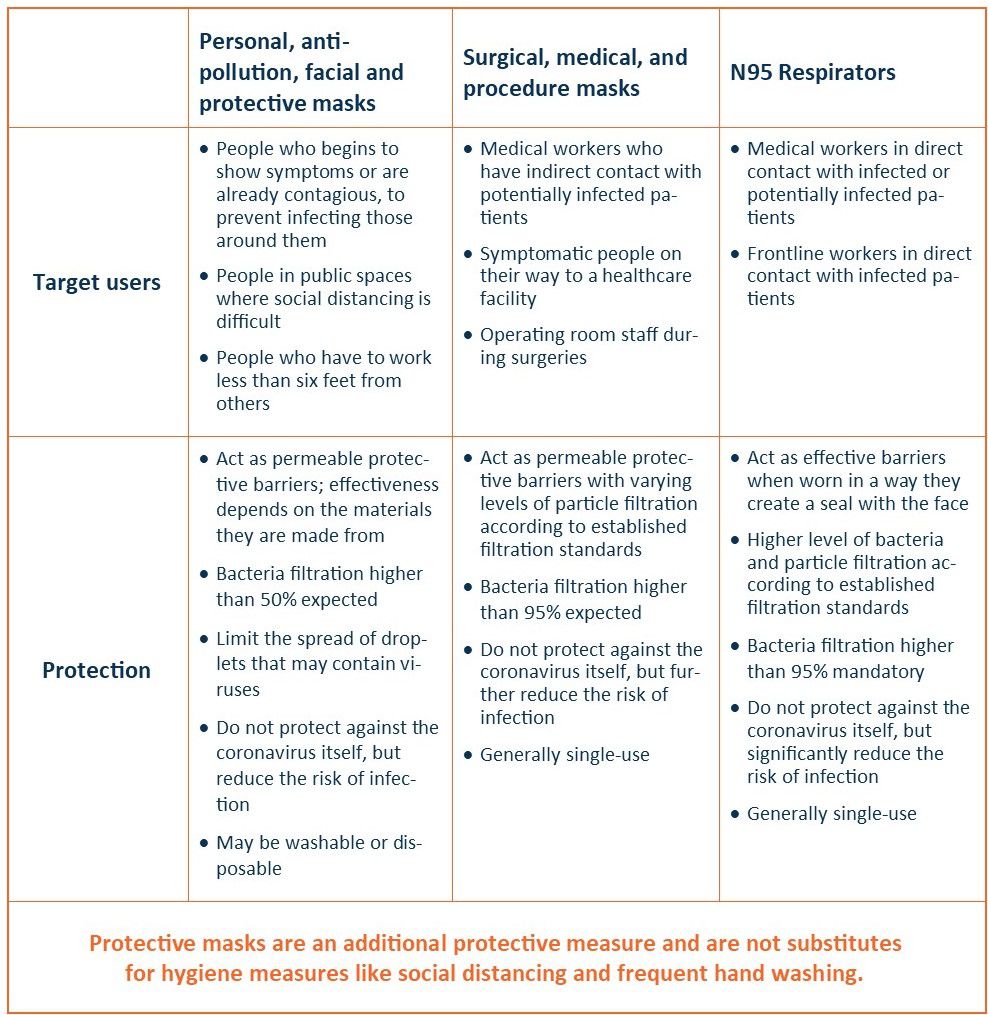How to intelligently choose
your protective mask
The best mask for you is the one that fits your context of use
With all the masks currently on the market, knowing which kind to buy may be tricky.
Do you need an N95 mask? Is an “antibacterial” mask more effective? Are masks with valves recommended?
Here are three videos to answer these questions.
The Balance Between
Protection
and
Comfort
To guide your choice of mask, this video explains how to find the balance between protection and comfort according to your context of use.
(Video in french)
The right mask for you will be the one that offers sufficient protection while being
comfortable
the entire time you use it.

The PROTECTION offered by a face mask is equivalent to its ability to filter bacteria in ambient air. A 95% bacterial filtration threshold is internationally recognized as safe enough for a mask to be used in a healthcare service context. Filtration capacity of masks is measured in the laboratory [1]. Non-medical protective masks have filtration levels below 95%. In general, they filter particles more efficiently than bacteria. However, a minimum bacterial filtration level of 50% is desirable in all use contexts [2].
The COMFORT of a protective mask is relative to each person. It can be measured with criteria such as the perception of breathability, stability on the face, irritation of the skin, ease of seeing or speaking, etc. A more comfortable mask will be worn for longer. Therefore, the value proposed to measure comfort is the number of hours of continuous wear of a protective mask.
The Public Health Agency of Canada recommends wearing face coverings in the community when a physical distance of 2 meters cannot be maintained consistently (for example, in stores and on public transport). It reiterates that approved medical masks, including surgical masks and respiratory protective devices like N95 masks, are primarily reserved for healthcare workers and others providing direct care to patients with COVID-19 [3].
Non-medical protective masks and face coverings don’t provide the same levels of protection and comfort. They are generally less effective than medical masks in preventing respiratory infections. Still, with proper design and use, some of them may have comparable effectiveness [3]. The context in which you use your mask determines the performance to seek in terms of protection and comfort.
Antibacterial:
Is It Necessary?
This video explains the antibacterial characteristic of a protective mask. It shows that it is not necessary for the filtration of bacteria.
(Video in french)
A Valve:
Is It Useful?
This video explains why the Canadian government does not recommend wearing a protective mask with a valve.
(Video in french)


The protective mask that fits your face perfectly for all the protection and comfort you need
Protective, medical or N95 mask?
Three main types of masks protect us against contamination. Health authorities worldwide have provided detailed information on the different types of masks and how to use them correctly. This table summarizes this relevant information to help you find what you are looking for.
Keep in mind
The spherical human coronavirus particles are 0.125 µ (microns) on average. The smallest particles are 0.06 microns, while the largest are 0.14 µ. Very few masks on the market can completely filter out these minuscule particles. However, viruses often travel on larger carrier molecules, like droplets of mucus, making them easier to filter out.
